In a world buzzing with budgeting apps, digital wallets, and automated financial trackers, it might seem surprising that one of the most effective budgeting tools requires nothing more than a pen, some paper envelopes, and cash. Yet, here we are in 2025, and the simple, tangible power of the cash envelope budget method is not just surviving; it’s thriving.
Many of us are looking for ways to gain a clearer, more hands-on sense of control over our finances. The constant swirl of automatic payments, subscriptions, and “tap-to-pay” convenience can make it incredibly difficult to feel where our money is actually going. This guide is here to change that.
The envelope system is a straightforward, time-tested strategy for managing your money with intention. It’s not about restriction; it’s about empowerment. It’s about consciously deciding where your hard-earned dollars will go and ensuring you have what you need for both your obligations and your joys—whether that’s funding a hobby, planning a trip to visit family, or simply enjoying the peace of mind that comes with financial stability.
In this comprehensive guide, we’ll walk you through everything you need to know to successfully implement the envelope system. We’ll explore why it works so well, provide a detailed step-by-step plan to get you started, offer tips for success, and answer the most common questions. By the end, you’ll be equipped with a powerful, practical tool to manage your spending, reduce financial stress, and take confident control of your budget.
The Enduring Power of a Tangible Budget
Before we dive into the “how-to,” let’s explore the “why.” Why does this seemingly old-fashioned method work so well, even when sophisticated digital alternatives are just a click away? The answer lies in its simplicity and its deep connection to human psychology.
The Psychology of “Pain of Paying”
Have you ever noticed that it feels different to hand over a $50 bill than it does to swipe a credit card for the same amount? That’s not just your imagination. Psychologists call this the “pain of paying.” When you use physical cash, your brain registers the transaction as a real, tangible loss. You see the money leave your hand, and the immediate decrease in your wallet is visible.
Credit cards, debit cards, and digital payments cleverly numb this sensation. The transaction is abstract, a series of numbers on a screen. This disconnect makes it incredibly easy to overspend without realizing the cumulative impact until the bill arrives. The envelope system brings that physical connection back to the forefront. When your “Dining Out” envelope is getting thin, you feel it in a way no app notification can replicate. This built-in friction forces you to be more mindful and intentional with every purchase.
Simplicity in a Complex World
Let’s be honest: modern finances can be complicated. Between multiple accounts, automatic bill pays, streaming subscriptions, and countless apps all vying for our attention, it’s easy to feel overwhelmed. The beauty of the cash envelope method is its radical simplicity.
There are no passwords to remember, no software to update, and no privacy concerns about sharing your financial data with a third-party company. Your budget is right there, in your hands. This clarity cuts through the digital noise, allowing you to focus on the fundamentals: your income, your expenses, and your goals. It’s a wonderfully direct way to answer the question, “How much do I have left to spend on groceries this month?”
An Ideal Tool for Managing a Fixed Income
For those of us managing a fixed income from sources like Social Security, pensions, or investments, predictability is key. We need to know that our essential expenses are covered every single month, without fail. The envelope system is exceptionally well-suited for this.
By allocating specific cash amounts for your variable spending categories (like groceries, gas, and personal items) at the beginning of the month, you create a fortress around the money needed for your fixed bills (like rent, insurance, and utilities). You know that the money in your checking account is reserved for those critical payments, while the cash in your envelopes is what you have to work with for everything else. This clear separation eliminates the guesswork and helps prevent accidental overspending that could jeopardize your essential payments.
Mindful Spending, Not Miserly Deprivation
A common misconception is that a budget is about cutting out all the fun from your life. The envelope system proves the opposite. It’s not about stopping you from spending; it’s about making you spend on purpose.
By pre-committing your funds, you are essentially giving yourself permission to spend guilt-free within those limits. If you’ve budgeted $50 for your hobbies and it’s in the envelope, you can enjoy that trip to the craft store or garden center without a shred of worry. It encourages you to prioritize what truly brings you value and joy, and to direct your money there first.
What You’ll Need to Get Started
One of the most appealing aspects of the cash budget is how little you need to begin. You likely have everything at home right now. There’s no need to buy expensive kits or special planners unless you want to.
Here is your essential toolkit:
- Envelopes: Simple, plain paper envelopes work perfectly. You can use standard letter-sized envelopes, small coin envelopes, or whatever you have on hand.
- A Pen or Marker: For labeling your envelopes clearly.
- Your Budget Plan: This can be a sheet of notebook paper, a simple spreadsheet, or a dedicated budgeting worksheet where you’ve listed your income and expenses. We’ll cover creating this in the next step.
- Cash: Once you’ve set your budget, you’ll need to withdraw the cash to fill your envelopes for the budget period (e.g., a month or a pay period).
Optional but helpful items:
- A Small Binder or Accordion File: This can help you keep your envelopes organized and in one place.
- A Ledger or Notebook: Some people like to tape a small spending log to the back of each envelope to track individual purchases, though this is not required.
- Paper Clips: Useful for securing cash within the envelopes.
Your Step-by-Step Guide to the Cash Envelope Budget Method
Ready to build a budget that gives you clarity and control? Let’s walk through the process together. Take your time with each step; building a solid foundation is the key to long-term success.
Step 1: Calculate Your Total Monthly Income
The first step is to get a crystal-clear picture of exactly how much money you have coming in each month. You can’t tell your money where to go if you don’t know your starting point.
Grab a piece of paper or open a new document and list every source of income you receive. Be thorough. Include:
- Social Security benefits
- Pension payments
- Income from a part-time job
- Investment dividends or interest
- Rental income
- Any other regular sources of money
Add it all up to get your total monthly income. If your income varies slightly month to month (for example, from a side business or hourly work), it’s often best to use a conservative average or the lowest amount you expect to receive. This ensures you’re not budgeting with money you might not get.
Step 2: Identify Where Your Money is Going
This is often the most eye-opening step. To create a realistic budget, you need to understand your current spending habits. The best way to do this is to look back at your recent past.
Gather your bank and credit card statements from the last one or two months. Go through them line by line and categorize every single expense. Your goal is to see the patterns. Create two main lists:
Fixed Expenses: These are the costs that are generally the same every month. They are predictable and often paid automatically or by check.
- Rent or Mortgage
- Insurance (Home, Auto, Health, Life)
- Utilities (Electricity, Water, Gas, Internet) – Even if they fluctuate, they are a recurring necessity.
- Loan or Car Payments
- Scheduled Medical Costs
- Phone Bill
Variable Expenses: These are the costs that change from month to month and where you have the most control. These are the prime candidates for your cash envelopes.
- Groceries
- Gas or Transportation
- Eating Out (Restaurants, Coffee Shops)
- Entertainment (Movies, Events, Hobbies)
- Personal Care (Haircuts, Toiletries)
- Clothing
- Gifts (Birthdays, Holidays)
- Household Supplies
- Pet Supplies
Total up each category to see how much you typically spend. Don’t judge yourself during this process! The goal is simply to gather data. You might be surprised to see how much those small daily coffee runs add up over a month.
Step 3: Choose Your Cash Categories
Now, look at your list of variable expenses. These are the categories you will manage with the envelope system. The money for your fixed expenses should typically stay in your checking account to cover automatic payments or checks.
You don’t need to create an envelope for every single thing. Start with the categories that are either the biggest budget-busters or the most difficult for you to control. A great starting point for most people includes:
- Groceries
- Eating Out
- Gas
- Personal Spending/Fun Money
- Household Goods
You can always add more later. For example, you might want a “Gifts” envelope for grandkids’ birthdays or a “Hobby” envelope for your gardening supplies. Keep it manageable at first. Simplicity is your friend.
Step 4: Assign a Spending Limit to Each Envelope
This is where you create your new spending plan. Using your income total from Step 1 and your spending data from Step 2, decide how much money you will allocate to each of your chosen cash categories for the upcoming month.
Start with your total income. Subtract all your fixed expenses and any savings goals or debt payments. The amount left over is what you have available to distribute among your cash envelopes.
Let’s look at a simple example:
- Total Monthly Income: $3,000
- Fixed Expenses (Rent, Insurance, etc.): -$1,800
- Savings Goal: -$200
- Money available for variable spending: $1,000
Now, you need to divide that $1,000 among your envelopes. Based on your past spending, you might decide on the following:
- Groceries: $450
- Gas: $150
- Eating Out: $100
- Personal Care: $75
- Entertainment/Hobbies: $100
- Miscellaneous/Household: $125
- Total in Envelopes: $1,000
Be realistic! If you know you’ve been spending $600 on groceries, budgeting $300 is setting yourself up for failure. Aim for a small, achievable reduction at first. You can adjust and trim more as you get comfortable with the system.
Step 5: Label and Stuff Your Envelopes
This is the fun, tangible part! Take your physical envelopes and a marker. On the front of each one, write the category name and the budgeted amount.
- Envelope 1: Groceries – $450
- Envelope 2: Gas – $150
- Envelope 3: Eating Out – $100
- And so on…
Next, go to your bank or an ATM. Withdraw the total amount of cash needed to fund all of your envelopes for the month (in our example, $1,000). Ask the teller for a mix of denominations ($50s, $20s, $10s, $5s) to make it easier to give exact change. Then, sit down and carefully place the correct amount of cash into each corresponding labeled envelope. Your budget is now physically real.
Step 6: Live by Your Envelopes
Now it’s time to put the system into practice. The rules are simple but crucial:
1. Spend only from the correct envelope. When you go to the grocery store, take only your “Groceries” envelope. When you pay, use the cash from that envelope. Put the change directly back into the same envelope.
2. When the money is gone, it’s gone. This is the core principle. If you run out of money in your “Eating Out” envelope halfway through the month, you stop eating out. You don’t “borrow” from the “Groceries” envelope. This discipline is what retrains your spending habits and makes you incredibly conscious of your financial choices.
Store the envelopes you’re not using for the day in a safe, secure place at home. Only carry what you need to avoid the risk of losing a large amount of cash.
Tips for Success with the Envelope System
Adjusting to a new budgeting method takes a little time. Here are some tips to make the transition smoother and more successful.
- Start Small. If creating 10 envelopes feels overwhelming, just start with two or three of your biggest “problem” categories. Manage your groceries and dining out with cash, and leave the rest as is. You can expand the system as you build confidence.
- Be Realistic and Forgiving. Your first month’s budget will not be perfect. You might overfund one category and underfund another. That’s okay! Think of your first month as a trial run. At the end of the month, review what worked and what didn’t, and adjust your budget amounts for the next month.
- Plan for Irregular Expenses with Sinking Funds. What about expenses that don’t happen every month, like holiday gifts, annual car registration, or a vacation? The best way to handle these is with “sinking funds.” Create a separate envelope for each goal (e.g., “Christmas Gifts,” “Vacation Fund”) and put a small, dedicated amount of money into it each month. When the time comes to buy gifts or book that trip, the money is already there waiting for you.
- Decide What to Do with Leftover Cash. This is the best part! If you get to the end of the month and have extra money in an envelope, you have a choice to make. You can roll it over to the next month in that category, put it all towards a big savings goal, or use it for a guilt-free treat. Having a plan for leftover money is a fantastic motivator.
- Get Your Partner on Board. If you share your finances with a spouse or partner, it’s essential that you’re both on the same page. Sit down together to create the budget and decide on the envelope categories and amounts. A budget works best when it’s a team effort.
Troubleshooting & Frequently Asked Questions (FAQs)
Even with a simple system, questions and challenges can arise. Here are answers to some of the most common ones.
Q: What about online shopping or bills that require a card?
A: This is a very common question in our digital age! The solution is a “hybrid” approach. Your fixed bills (like utilities or insurance) that are paid online should be paid from your checking account as usual. For variable online purchases (like an order from Amazon), you have two great options. Option 1: Make the purchase with your debit card, and then immediately take the equivalent amount of cash out of the correct envelope (e.g., “Household Goods”) and set it aside to redeposit at the bank. Option 2: Keep a small, set amount of money on a prepaid debit card specifically for online shopping, and consider that its own “envelope.”
Q: Is it safe to carry that much cash?
A: This is a valid concern. The key is to not carry it all at once. Keep the majority of your envelopes at home in a secure location (like a small safe or a locked drawer). When you go out for the day, only take the specific envelopes you plan to use. For a trip to the grocery store and the gas station, you only need to carry the “Groceries” and “Gas” envelopes.
Q: What if a real emergency happens?
A: The cash envelope budget method is for managing your regular spending, not for true emergencies. It should work alongside, not in place of, a separate emergency fund. Your emergency fund (typically 3-6 months of living expenses) should be kept in an easily accessible savings account for unexpected events like a major car repair or a medical issue.
Q: I keep running out of money in my grocery envelope way too early! What should I do?
A: This tells you one of two things. First, you might be underestimating how much you truly need for that category. It may be that your initial budget was unrealistic, and you need to adjust by moving money from a lower-priority envelope (like “Entertainment”) to the essential one. Second, it could be a sign that you need to adjust your spending habits by planning meals more carefully, using coupons, or buying store brands. The empty envelope is a powerful teacher.
Q: This whole system feels a bit old-fashioned. Is it really better than an app?
A: “Old-fashioned” can also mean timeless and proven. While apps are useful for tracking, they lack the psychological impact of handling physical cash. The envelope system isn’t just about tracking; it’s about fundamentally changing your relationship with spending. Its power is in its simplicity and the mindful behavior it creates. For many, this tangible approach is far more effective at curbing overspending than any digital tool.
A Final Word: Taking Control, One Envelope at a Time
In a world that encourages mindless consumption, choosing a method like the envelope system is a powerful act of intention. It’s a declaration that you are in the driver’s seat of your financial life.
By taking the time to understand your income, track your expenses, and consciously allocate your resources, you are giving yourself the gifts of clarity, confidence, and control. You are ensuring that your money works for you and supports the life you want to live.
The journey to financial peace of mind doesn’t require complex software or a degree in finance. Sometimes, the most powerful tools are the simplest ones. Give the cash envelope method an honest try. You might just be amazed at the sense of empowerment you find, one envelope at a time.

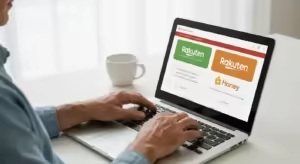


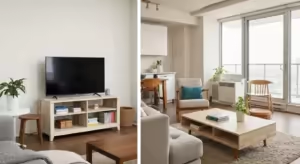
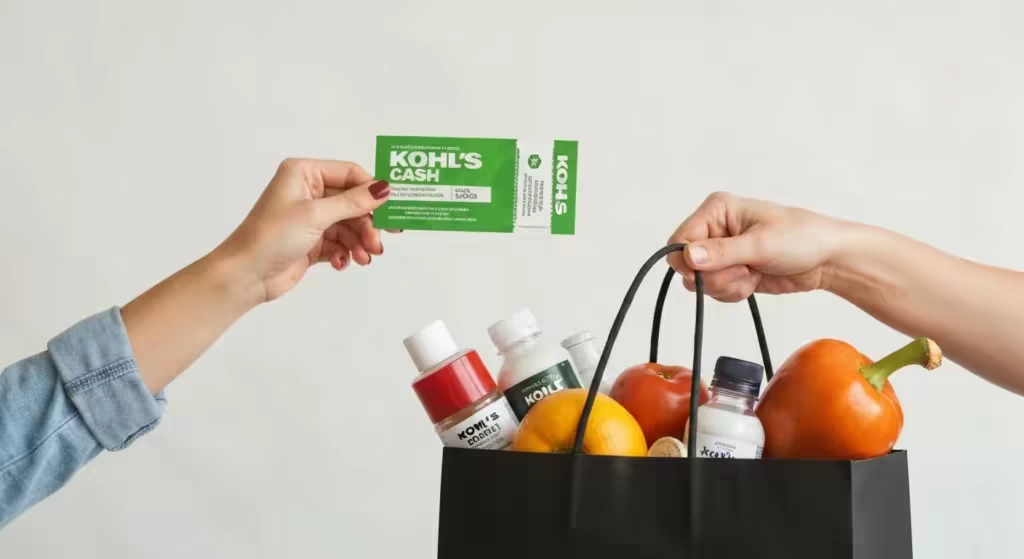
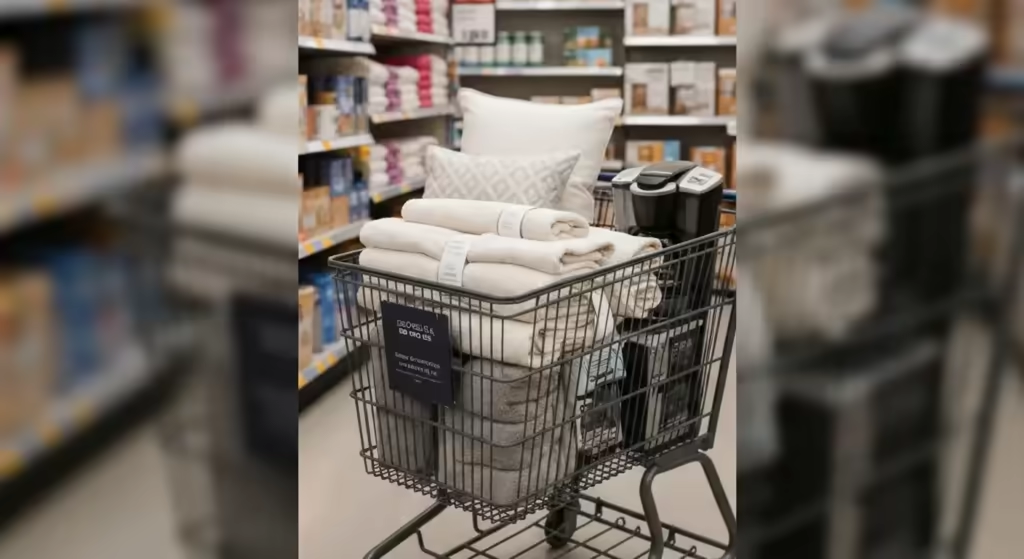
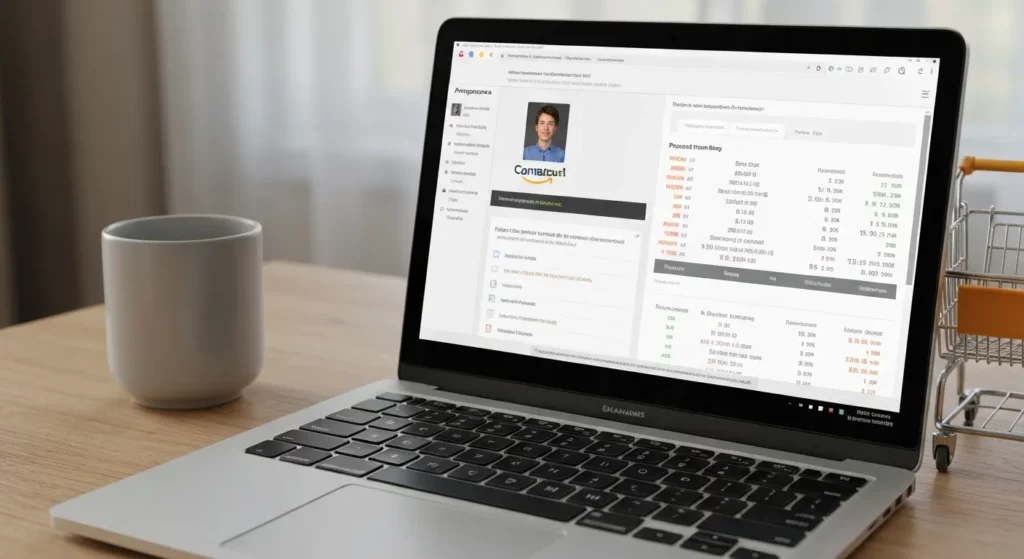
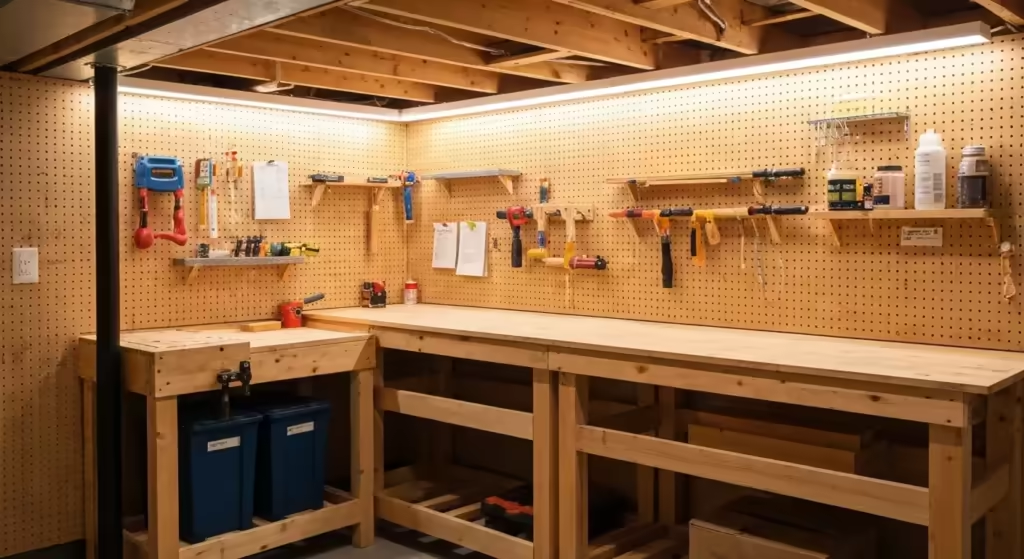
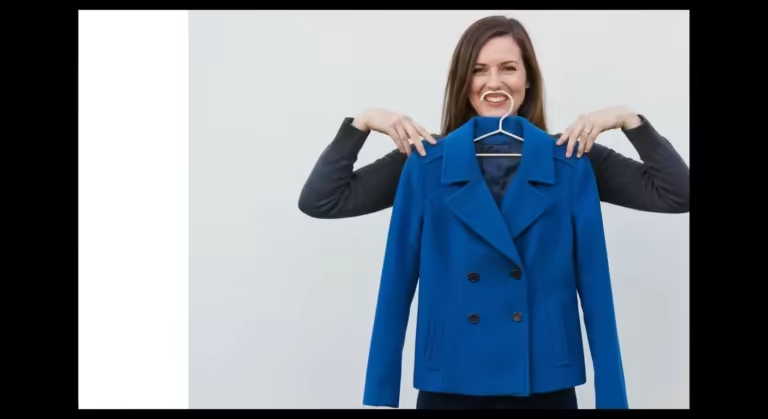
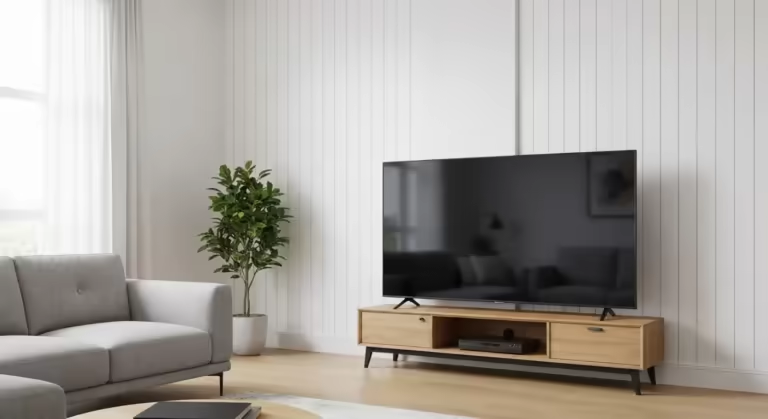
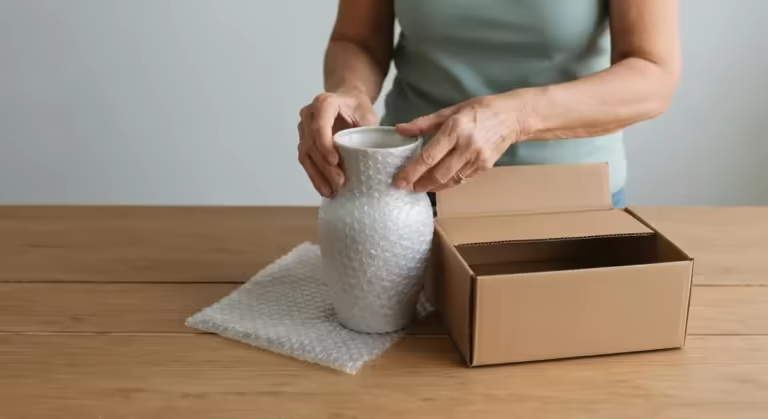
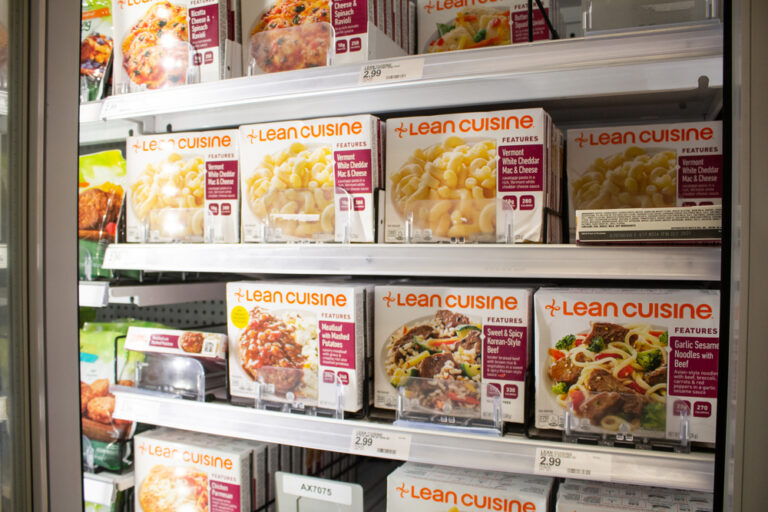


One Response
Asian4D